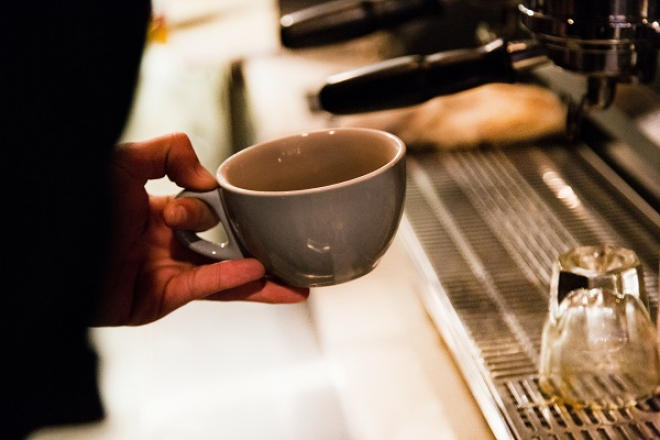Moving to Level 3

First Minister Nicola Sturgeon has announced details of the further relaxation of restrictions across Scotland.
From Monday 26 April, hospitality venues such as cafés, pubs and restaurants can reopen, along with tourist accommodation. Non-essential retail outlets and close contact services such as beauty salons can also reopen, in addition to indoor attractions and public buildings such as galleries, museums and libraries.
The First Minister confirmed that all parts of the country will move to Level 3 from Monday 26 April. The remaining travel restrictions within Scotland will be lifted and travel within the UK will be permitted for any purpose. If everyone continues to follow the rules, the First Minister said it is expected that all of Scotland will move to Level 2 on Monday 17 May.
Further changes from 26 April include:
- adults on the shielding list can return to the workplace, if they cannot work from home, while children who have been shielding can return to school
- non-essential work inside people’s homes – such as painting, decorating or repairing – will be permitted, subject to mitigations
- non-essential informal childcare will resume
- driving lessons and tests can take place, while gyms and swimming pools can reopen for individual exercise
- the attendance limit for funerals and weddings – and related events such as receptions – will increase to 50
- cafés, pubs and restaurants can resume full outdoor service, subject to local licensing, and serve food indoors without alcohol until 8pm
- takeaways to resume normal service, with physical distancing and face masks in premises
The First Minister also announced that rapid coronavirus (COVID-19) tests will be made available to anyone in Scotland and to those planning travel to the islands.
From today, anyone planning travel to the islands next week can order a free home test kit online. The first test should be taken three days before travel and the second on the day of departure.
From Monday, lateral flow home test kits will be available to anyone in the wider population who does not have COVID-19 symptoms. They can be picked up from local walk/drive-through test sites for people to test themselves twice-weekly. Anyone in Scotland who develops COVID-19 symptoms should self-isolate and book a PCR test.
The expansion is aimed at finding cases that would otherwise go undetected, so those people can self-isolate and avoid transmitting the virus to those around them.
First Minister Nicola Sturgeon said:
“The changes that come into force next week have been hard earned by all of us. I know that many will be looking forward – quite rightly – to their first drink in a beer garden, to catching up with a friend in a café, or to going on holiday somewhere in Scotland.
“But even as we enjoy those moments, we still need to be careful. We must remember the virus is more infectious now than it was when bars and cafés were last open, so we must still stick to the rules. However, we are hopeful of seeing sustained progress in the weeks and months ahead.
“We are keeping island communities in Level 3 at the moment, so that we can allow travel between those communities and the rest of Scotland. If you are planning to travel to an island and do not have COVID-19 symptoms, we will encourage you to take two lateral flow tests for COVID-19 before you depart. This is an important way to reduce the risk of bringing COVID-19 into island communities. If you are travelling to an island next week, it is possible to get tests from today, and I would encourage you to do that.”
Background
Coronavirus (COVID-19) update: First Minister's statement – 20 April 2021 - gov.scot (www.gov.scot)
People should check the rules on entry to Northern Ireland, the Channel Islands and the Isle of Man before travel.
Pre-departure testing covers travel to all Scottish islands. For more information go to: gov.scot/communitytesting
Updated Strategic Framework Protection Level tables can be downloaded at Coronavirus (COVID-19): local protection levels - gov.scot (www.gov.scot)
The Scottish Government’s priority is to suppress the virus to the lowest possible level and keep it there, while we strive to return to a more normal life for as many people as possible. There are six main tools for achieving this:
- the quickest practical roll-out of the vaccination programme
- the most effective use of Test and Protect
- applying proportionate protective measures (rules and guidance) to suppress transmission of the virus
- effective measures to manage the risk of importation of the virus
- supporting individuals, businesses and organisations to adhere to protective measures
- providing care and support to mitigate the harms of the crisis
The six conditions for safe easing set out by the World Health Organisation are:
- COVID-19 transmission is under control
- sufficient health systems and public health capabilities are in place
- outbreak risks are minimised in vulnerable settings
- workplace preventative measures are established
- risk of imported cases are managed
- communities are fully engaged


